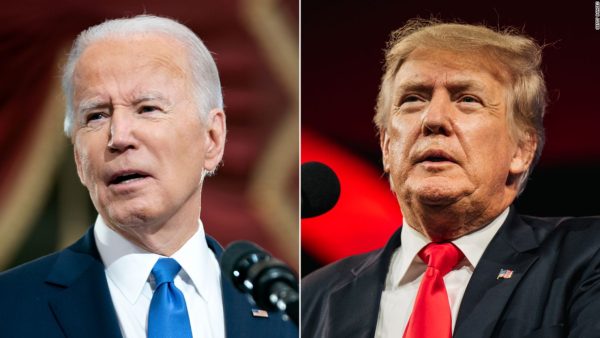UMN tuition freeze not enough
October 3, 2012
University of Minnesota President Eric Kaler is hoping he can convince the Minnesota Legislature to provide more funding to the U next spring during the biannual budget request the school makes from the state. In order to entice lawmakers to fund the entire request, part of the agreement would be to freeze tuition for that two-year period.
Kaler’s proposal has to be approved by the Board of Regents before it goes to St. Paul, and includes a $90 million request for funding. This freeze proposal, however, doesn’t do enough to control the rising cost of attending state school for Minnesotans and isn’t a done deal by any stretch.
Historically, the U of M hasn’t received all the funding it has asked for from the state. Typically, the U brings a proposal and they then walk away with a lesser amount as the House and Senate decide how to keep a balanced budget while funding as many programs as possible. This year’s request, though, will be 8% higher than the current budget and also relies on 100% fulfillment in order to freeze tuition for students.
The U of M would like the people of Minnesota to quickly forget the astronomical tuition rate increases that have placed thousands in debt on graduating students. Between 2001 and 2012, tuition rates for state residents have gone from $5000 to over $12,000 per year. Does that mean tuition could reach $25,000 by 2017? A tuition freeze is not called for, a tuition rollback and prioritization of efficiency is called for.
The out-of-control spending on campuses across the country stems from many, many factors. Indeed, state funding for the U has declined in the past decade. At the same time, the U’s administration has put off the necessary conversation with faculty and staff about how they are compensated at a market rate and how their pensions don’t equate to the world we live in. Pension costs along are responsible for a significant portion of the U’s financial struggles.
It’s not just Minnesota that has put more pressure on higher education institutions to provide more specifics about their funding requests. Governments across the country are strapped for cash with an aging population and a struggling economy. While families and businesses make tough decisions and cut their costs, colleges and universities will have to be no different. They are not immune from the pain of slashed budgets and must innovate new ways to provide a great education without the fluff that weighs down so many institutions.
The U of M should adjust their request to guarantee a tuition freeze despite what they receive from the state, not as a “string attached.” Students and parents have been steamrolled by radical costs at their own state schools for too long while facing the worst job market for young people in modern history.








